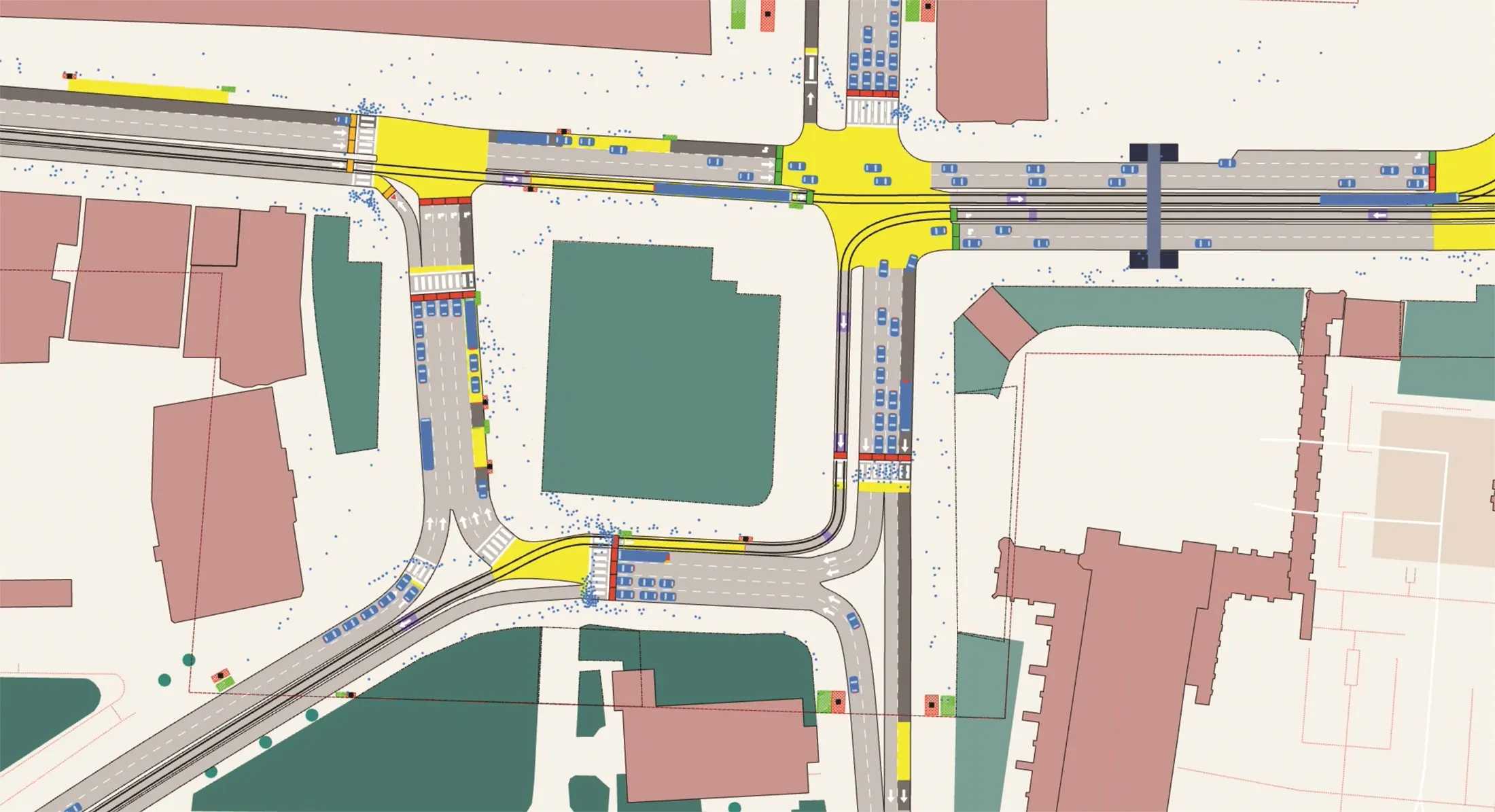
Gewi’s TIC software is designed to use the same navigable maps that are present in these devices to ensure precise location of traffic information.
In fact, many automotive manufacturers use the NavTest feature of TIC to test traffic data to ensure it is correctly displayed in their navigation systems. And, because TIC can be used with a variety of map data providers and even custom map networks, Gewi says customers can be assured their data will be properly referenced and displayed.
And you don’t have to take the company’s word for it! Here in Detroit, Gewi and BMW are demonstrating VMS2Dash which would enable VMS sign data from a DOT to be delivered directly into the vehicle’s navigation device, so you can register for a demonstration ride or get more information at Gewi’s booth to see for yourself.
As the company points out, since 1997 TIC is proven in commercial and government projects operating worldwide as a cost-effective, scalable alternative compared to build-your-own systems.










